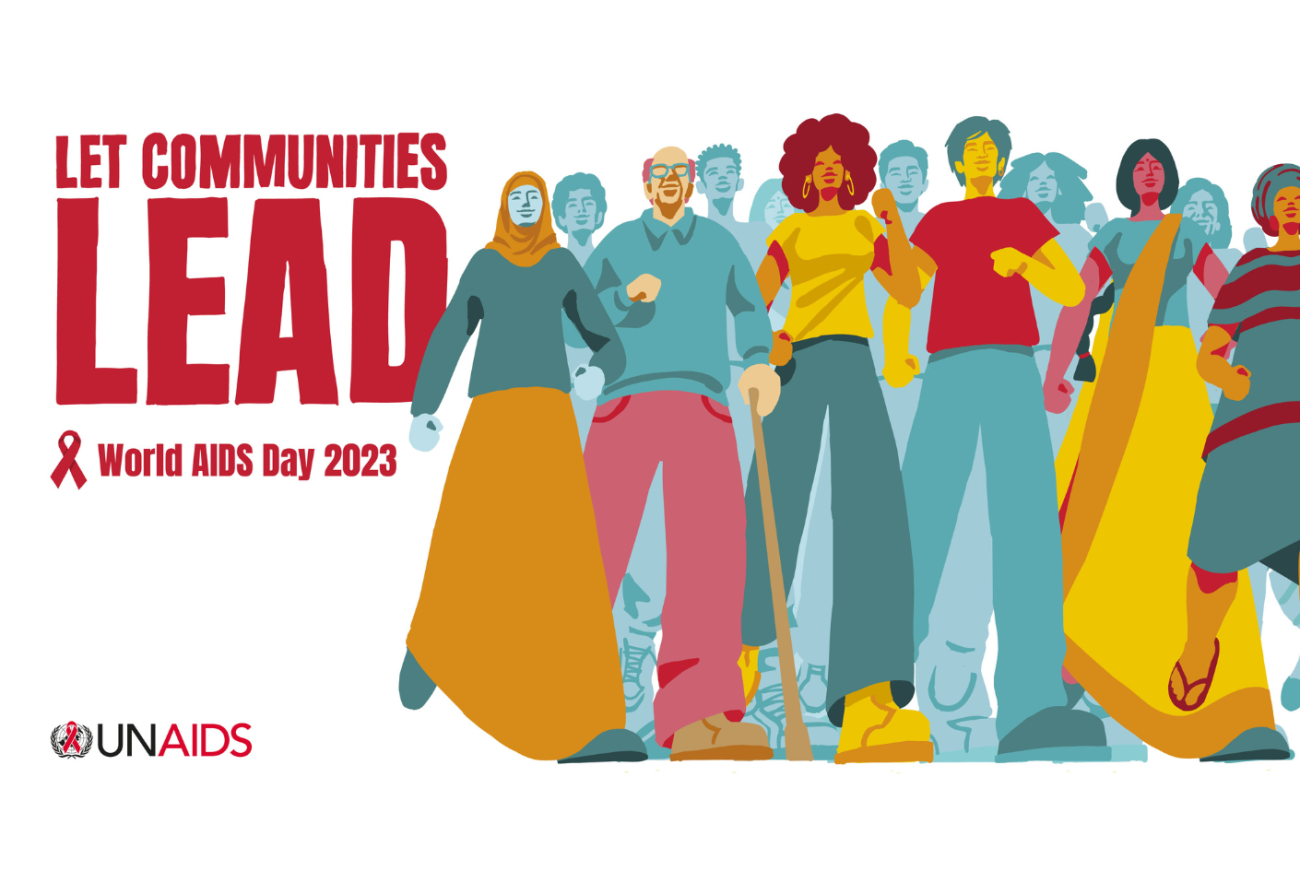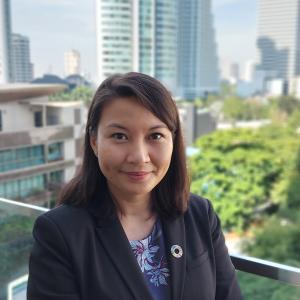Communities are the drivers of progress in the AIDS response. They connect people to public health services, build trust, innovate, monitor the implementation of policies and services and hold service providers accountable.
Letting communities lead builds healthier and stronger societies.
However, communities are not fully leveraged for their expertise and leadership. Community-led responses are under-recognized and under-resourced. Underfunding of community-led initiatives is leaving them struggling to continue operating and expanding into areas and populations that most need their support. This threatens losing the gains made in the national HIV response from the last decade and jeopardizes the sustained impact of the HIV programme for years to come.
Globally, funding channeled through communities has fallen in the past 10 years from 31% in 2012 to 20% in 2021. These funding shortages, policy and regulatory hurdles, capacity constraints, crackdowns on civil society and on the human rights of marginalised communities are obstructing the progress of HIV prevention, treatment and care services.
It is in everyone’s interests to fully fund community-led organisations and remove the many obstacles they face. It is by enabling communities in their leadership that the promise to end AIDS can be realised.
This is why communities at the centre of World AIDS Day commemorations this year, including in a major new UNAIDS report Let Communities Lead.
The report sets out the facts and figures that demonstrate communities’ impact and shares how progress is being driven by communities through case studies from across the world and through guest essays by nine pioneering community leaders. As the report notes, there is a need not only to recognise the contribution communities make but also to pull down the barriers that stand in their way.
That means:
- The leadership role of communities needs to be core in all HIV plans and programmes and in their formulation, budgeting, implementation, monitoring and evaluation
- Communities need to be fully and reliably funded to allow them to scale up their services and for workers to be properly remunerated for their contribution
- And barriers to community leadership need to be removed. There must be an enabling regulatory and legal environment that allows communities the space to operate and protects human rights for all.
It has been a long-standing principle of the AIDS response to bring people living with and affected by HIV to the decision-making table. Nothing About Us Without Us! Where this is being followed, progress is being made. Supporting communities in their leadership is not only the right thing to do, but also essential for advancing public health.
AIDS is far from over. In Malaysia, it is estimated that eleven young people aged 15–24 years become infected with HIV every week. In 2022, 18% of new HIV infections are among young people. Increasing proportion of new HIV infections are among young men; they accounted for 79% all new HIV infections in 2022.
We need to invest more in communities to unleash the full potential of community leadership to address the gaps we still have in the national HIV response. And to sustain community-led responses, we have to encourage a sense of ownership. This motivates communities to invest in the future free of HIV through both pride in protecting themselves and their loved ones and preventing transmission to others.
Every year, the world marks World AIDS Day on 01 December. On this World AIDS Day, we call upon the government, development partners, and civil society organizations to invest in and support the role of community leadership in the national HIV response. For decades, our synergy with communities, especially people living with HIV and key populations, has strengthened the HIV response, built necessary capacities, and harnessed the power of community advocacy. None of this is possible without support – political, financial, and technical.
As we move forward in our path to end the AIDS epidemic, let us remember the journey, the milestones, and the lessons. And more importantly let’s recognize that community-led initiatives are not a supplementary effort but an integral part of the solution. We must continue to invest in promoting community-led responses to HIV that drive us closer to a world of healthy lives. By working hand in hand with communities, we can achieve a future where HIV is no longer a global threat, but a historic achievement.






